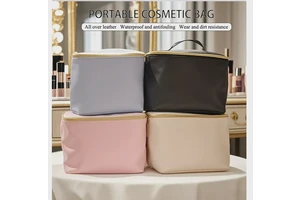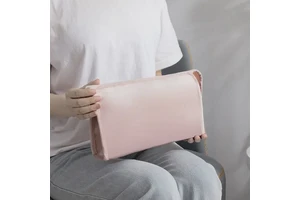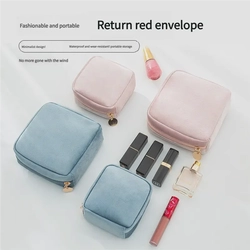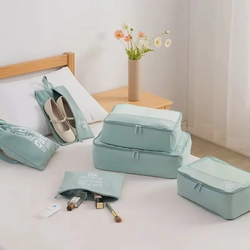Can You Use Paper as Cushioning for Your Makeup in a Waterproof Bag?
Introduction
When looking for ways to protect your makeup inside a waterproof bag, paper might seem like a readily available option for cushioning. However, there are several aspects to consider before using paper for this purpose.
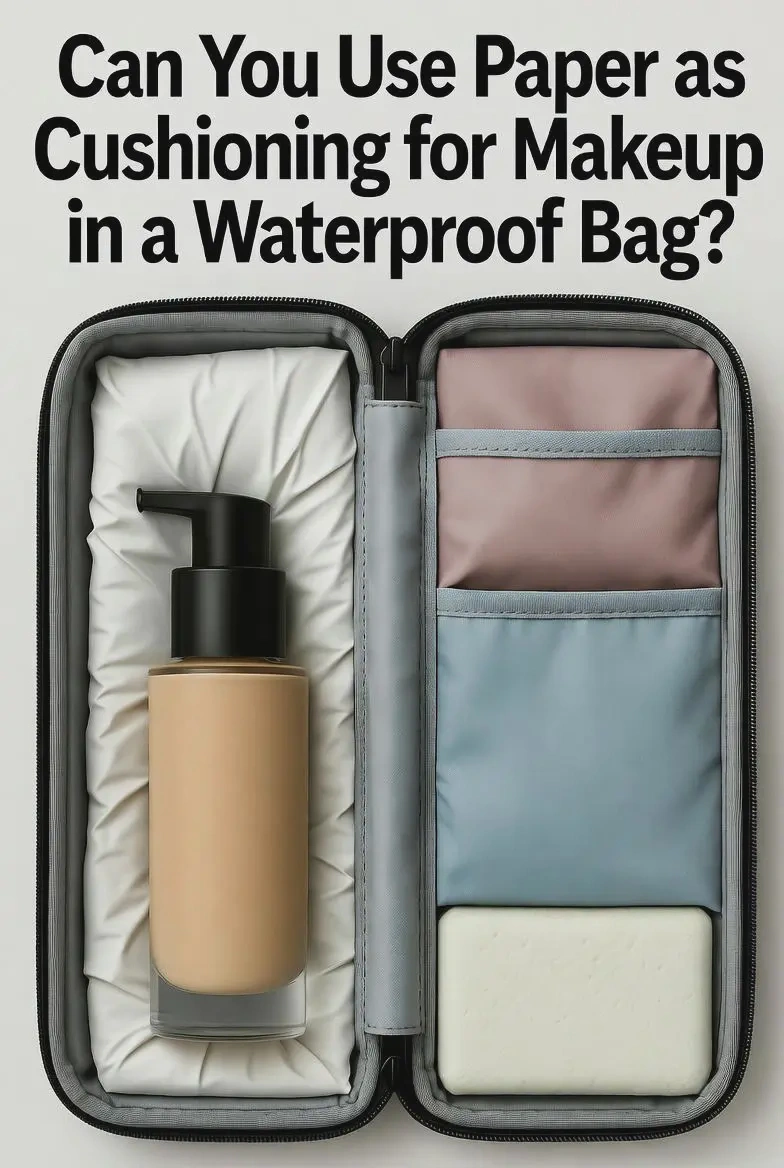
1. Protective Capabilities of Paper
1.1 Shock Absorption
- Limited Impact Resistance: Paper has limited shock-absorbing properties. Compared to materials like foam, bubble wrap, or soft fabrics, paper is relatively thin and stiff. When your makeup bag is jostled, dropped, or experiences sudden impacts, paper may not be able to effectively absorb the force. For example, if a glass-bottled foundation hits the side of the bag, the paper may not prevent the bottle from breaking as well as a more flexible and cushioned material.
- Single - Layer vs. Multiple - Layer: Using a single layer of paper provides minimal protection. You would need to layer multiple sheets of paper around a fragile makeup item to increase its shock-absorbing capacity. Even then, it may still not offer the same level of protection as dedicated cushioning materials.
1.2 Protection Against Abrasion
- Smoothness and Friction: Paper can have a relatively smooth surface, but it may not be sufficient to prevent abrasion. When makeup items rub against each other inside the bag, the paper may not create a smooth enough barrier. For instance, a powder compact's edges could still scrape against another item, potentially chipping the compact or scratching the surface of other products, even with paper in between.
2. Suitability in a Waterproof Bag
2.1 Moisture Sensitivity
- Absorption and Swelling: Paper is highly absorbent. If there is any moisture inside the waterproof bag, perhaps due to a small leak or high humidity, the paper will soak it up. As it absorbs moisture, the paper may swell, which can cause it to push against the makeup items. This can lead to damage, such as deforming soft-sided makeup containers or causing products to shift and potentially break.
- Mold and Mildew Risk: Wet paper is a breeding ground for mold and mildew. In a confined space like a waterproof bag, the growth of mold and mildew can spread quickly, not only ruining the paper but also potentially contaminating your makeup products.
1.2 Space Efficiency
- Bulky Layers: To provide adequate protection, you may need to use multiple layers of paper, which can take up a significant amount of space in the waterproof bag. This can make it difficult to fit all your makeup items, especially if you have a large collection or a small-sized bag.
3. Alternatives to Paper
3.1 Soft Fabrics
- Excellent Shock Absorption: Soft fabrics like silk scarves, cotton bandanas, or old t - t-shirts offer better shock-absorbing capabilities. They can wrap around makeup items, conforming to their shapes and providing a soft, protective layer. For example, a silk scarf can cushion a glass - vialed liquid eyeshadow, reducing the impact if the bag is dropped.
- Moisture Resistance: Fabrics can be more moisture-resistant than paper. They won't absorb moisture as readily, reducing the risk of swelling and mold growth. If there is a small amount of moisture in the bag, fabrics are less likely to be affected and cause damage to your makeup.
3.2 Foam and Bubble Wrap
- Superior Shock Absorption: Foam inserts and bubble wrap are designed specifically for protecting fragile items. Foam provides a dense, cushioned layer that can absorb significant impacts. Bubble wrap, with its air-filled bubbles, is excellent at dispersing shock. You can cut foam inserts or bubble wrap to fit the size of your makeup items, ensuring a snug and protective fit.
- Space-Saving and Durable: Foam and bubble wrap can be shaped to fit the available space in your waterproof bag, making them space-efficient. They are also durable and can be reused for multiple trips or storage periods.
4. When Paper Can Be Used
4.1 As a Supplementary Cushion
- Lightweight Items: For lightweight and less fragile makeup items, like plastic-tube lip balms or some plastic-cased mascaras, paper can be used as a supplementary cushion. It can help keep these items in place and prevent minor scratches. However, it should still be combined with other more effective cushioning materials for a complete protective solution.
- In - Between Layers: You can use paper as an additional layer between other cushioning materials. For example, place a sheet of paper between a foam - cushioned powder compact and a soft - fabric - wrapped lipstick. This can help distribute the pressure evenly and provide an extra level of protection.
5. FAQ
Q: Can I use tissue paper as cushioning?
A: Tissue paper is even thinner and less effective than regular paper for cushioning. It has very little shock-absorbing capacity and is highly absorbent. While it can be used to line the bottom of a compartment for a bit of extra softness, it's not a reliable primary cushioning material for fragile makeup items.
Q: What if I only have paper and no other cushioning materials?
A: If you only have paper, layer it as thickly as possible around fragile makeup items. Use multiple sheets to create a more substantial cushion. However, be aware that this is a temporary solution. As soon as possible, replace the paper with more suitable cushioning materials like soft fabrics, foam, or bubble wrap to better protect your makeup.
6. Conclusion
While paper can offer some limited protection as a cushioning material for makeup in a waterproof bag, it has significant drawbacks in terms of shock absorption, moisture sensitivity, and space efficiency. It's best to use paper as a supplementary option or consider more effective alternatives like soft fabrics, foam, or bubble wrap for better protection of your precious makeup items.

